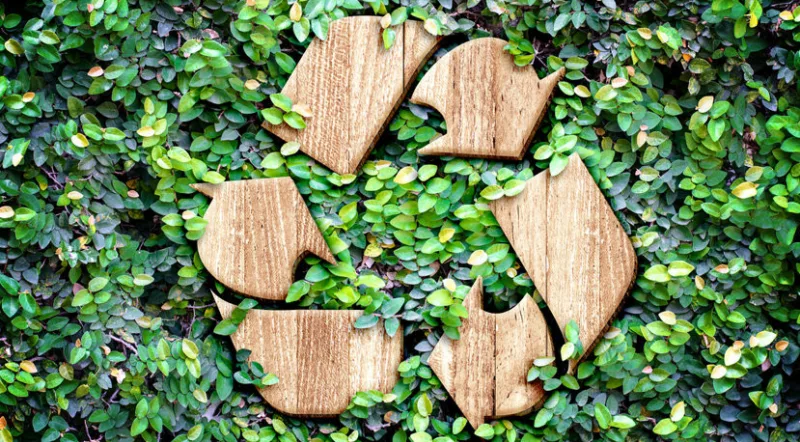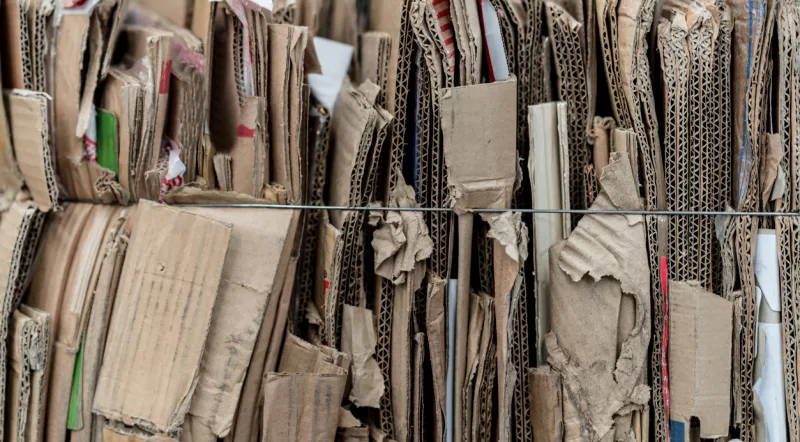
Publisert: 25. oktober 2021
EEA publiserte nylig to nye rapporter, en om avfallsreduksjon og en om eksport av avfall i EU.

Du finner hovedfunnene i rapportene og lenker til fullversjonene under.

Publisert: 25. oktober 2021

Publisert: 10. desember 2021